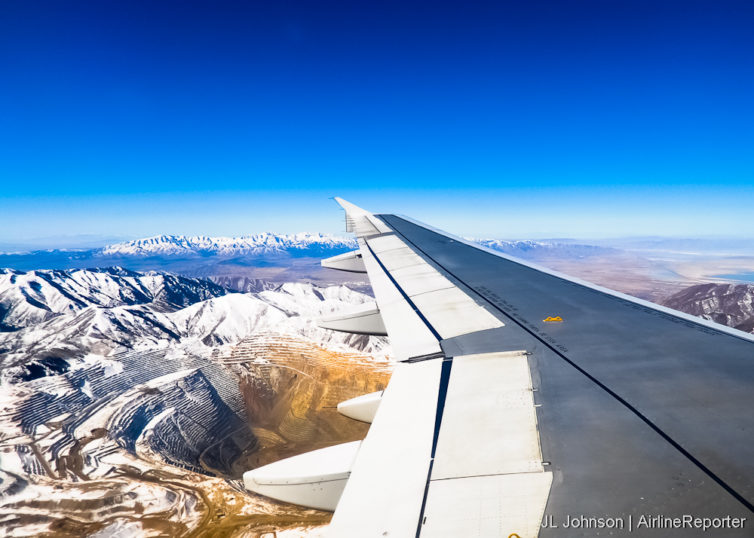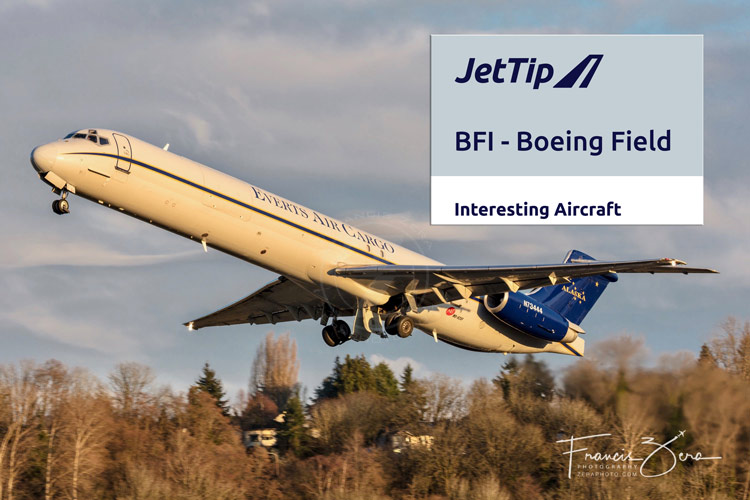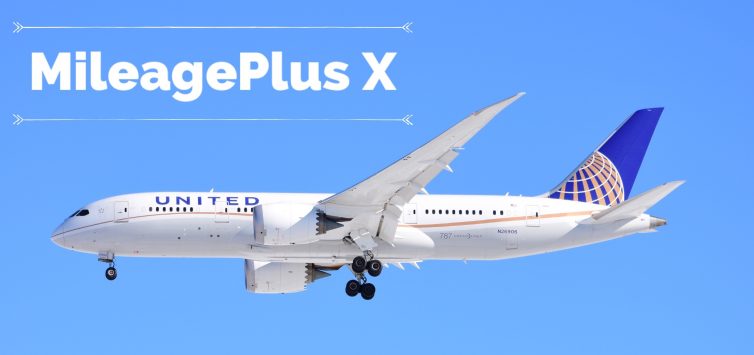
Flyover Country app offers detail on the Bingham Canyon Mine, which is sometimes visible on approach to SLC
How many times have you looked out the airplane window and wondered what it was you were viewing? What’s that curious rock formation? Is that a volcano?! Why is the water in that lake differently colored than in surrounding bodies? These are the sorts of questions the perpetually-inquisitive flyer might briefly ask themselves. Sadly, these are often fleeting inquiries which never get the attention they are due.
Even the best in-flight entertainment systems provide limited detail, if any. And of course, it’s tough to research over often sketchy in-flight internet. Besides, where would we go to look up these geographic curiosities anyway? Fact is: It’s a chore to answer the simple “what’s that out my window” question.
Well, it was. Enter the free, geeky, and delightfully informative Flyover Country App…

JetTip makes it easy to get notified when unusual aircraft are scheduled to visit your local airport. Sure, my avgeek friends *might* have told me about this MD-80F that visited KBFI last month, but it’s also nice to be self-sufficient.
There are lots of online aviation tracking and spotting tools available to AvGeeks and folks with a legitimate business concern for tracking aircraft.
JetTip is a new entry into the spotting category, created by Nick Benson. The web app is a one-trick pony, but it does that trick really well. Once a user is logged in (and paid up, natch; it’s not free, the service costs $5/month), they’re able to select the airports they’re interested in, choose from a variety of notification options for when interesting aircraft have filed for either arrival or departure, and away you go.
The app is web-based, which means there’s not a phone-specific app. On iOS, for example, I just bookmarked the site by saving a link to the home screen, and it simply launches the site in my default browser. Easy.
A good friend was a beta tester for this app and became quite a fan. That made me curious about it, so I contacted the developer to ask for a review and I was given free access. I wasn’t actually sure that it would impress me enough to end up with a story, but it turns out that I was quite wrong about that.
I’ve been using the app for a few months now, both locally and while traveling. Here are my observations.

MileagePlus X: A simple way to earn free #UA787 flights – Photo: JL Johnson
Let’s get something out of the way. I am not a United fan. In fact, I have said numerous times that all things equal, I’d rather fly Spirit. Why do I bring this up? Because after using United’s MileagePlus X App for a year, I’m starting to come around. And that, my friends, is a pretty big deal. Opinions formed from years of disappointment and failures at all levels don’t change overnight. They certainly don’t change as the result of side-project ancillary revenue apps. But here I am, about to tell you why you should be a MileagePlus X user too.
The United MileagePlus X concept is simple: Use the app to buy gift cards for everyday purchases at thousands of retailers and get United miles as a kickback. Earnings per dollar spent at merchants vary widely, typically between one and five miles. Earnings are dependent upon on the merchant and the time of year. For example, the standard for Amazon seems to be one mile per dollar, but I have seen up to three. The norm for Gap/Old Navy/Banana Republic is five, but for a while during back-to-school season earnings jumped to ten miles per dollar.
This arrangement is win/win/win. United gets a slice of the transaction (yay ancillary revenue!), the retailer gets a sale they may have otherwise lost, and the consumer gets miles. The concept United is using is far from the typical dining or shopping programs offered by nearly every other airline. When I think of the words “innovative” and “pioneer” United does not come to mind. But both apply in the context of MileagePlus X.


